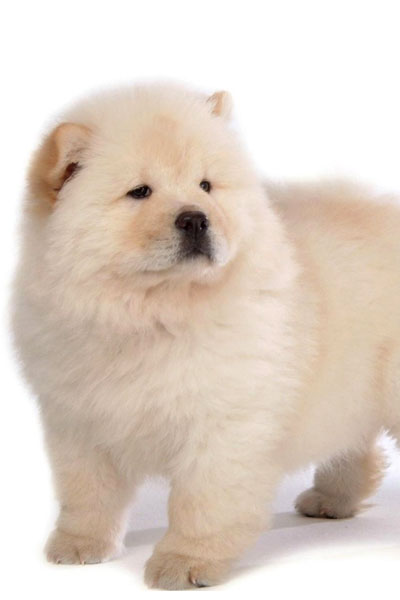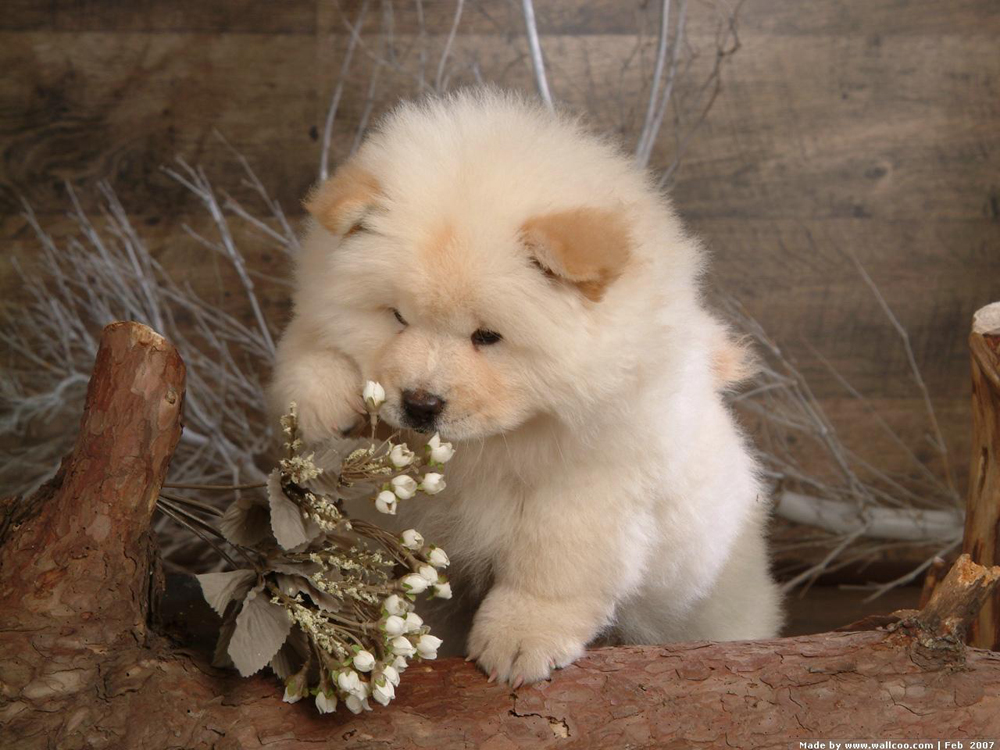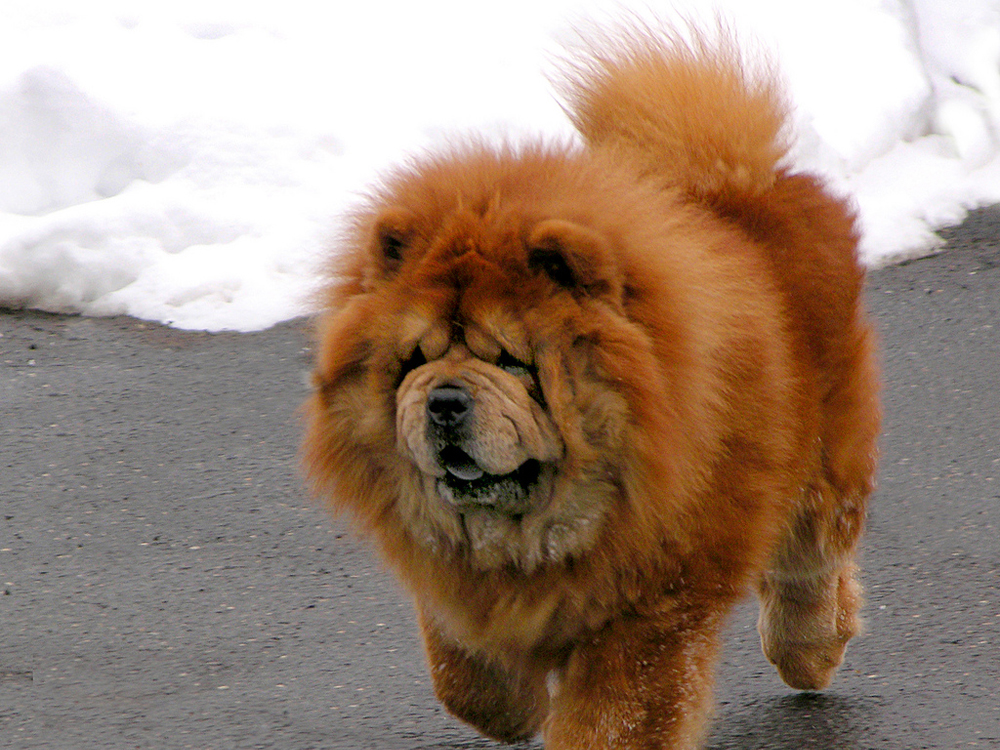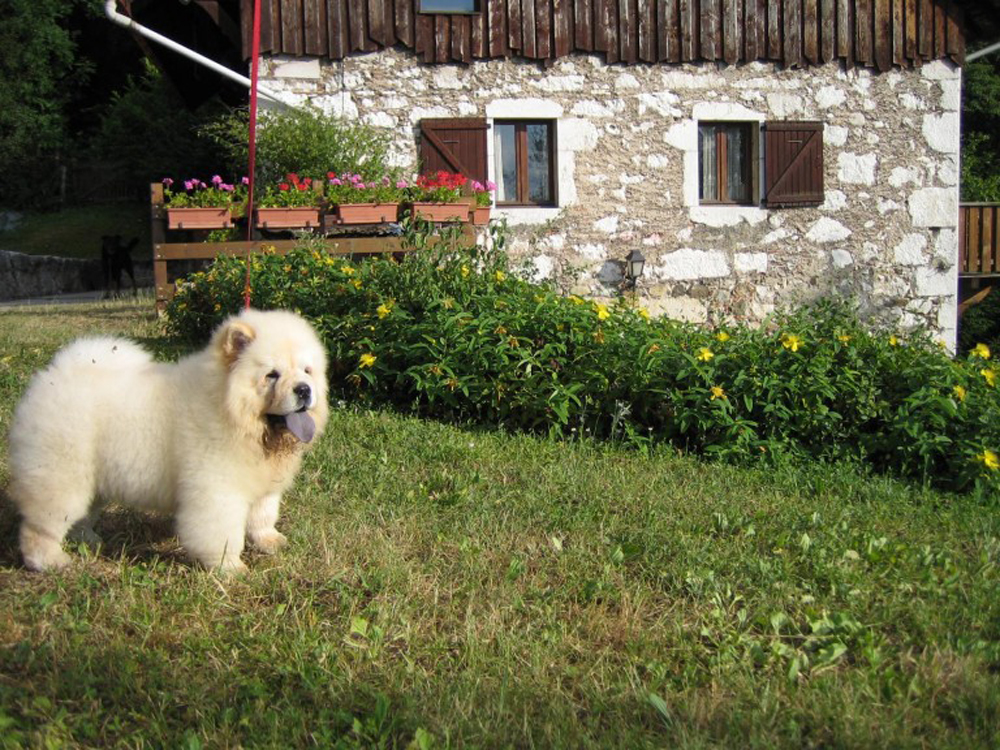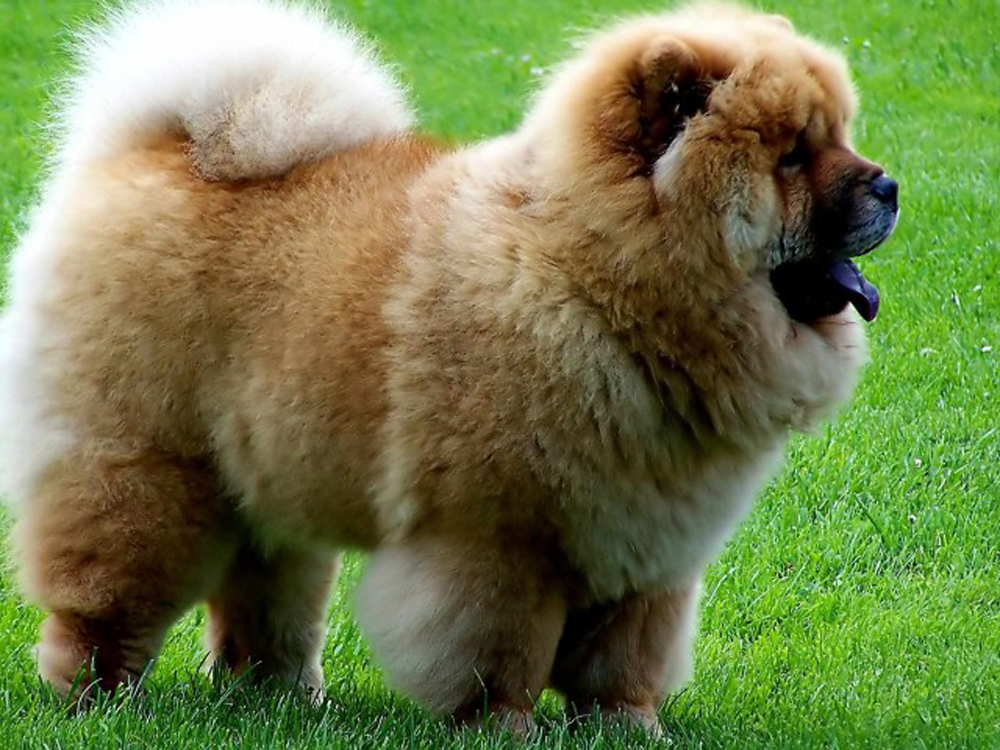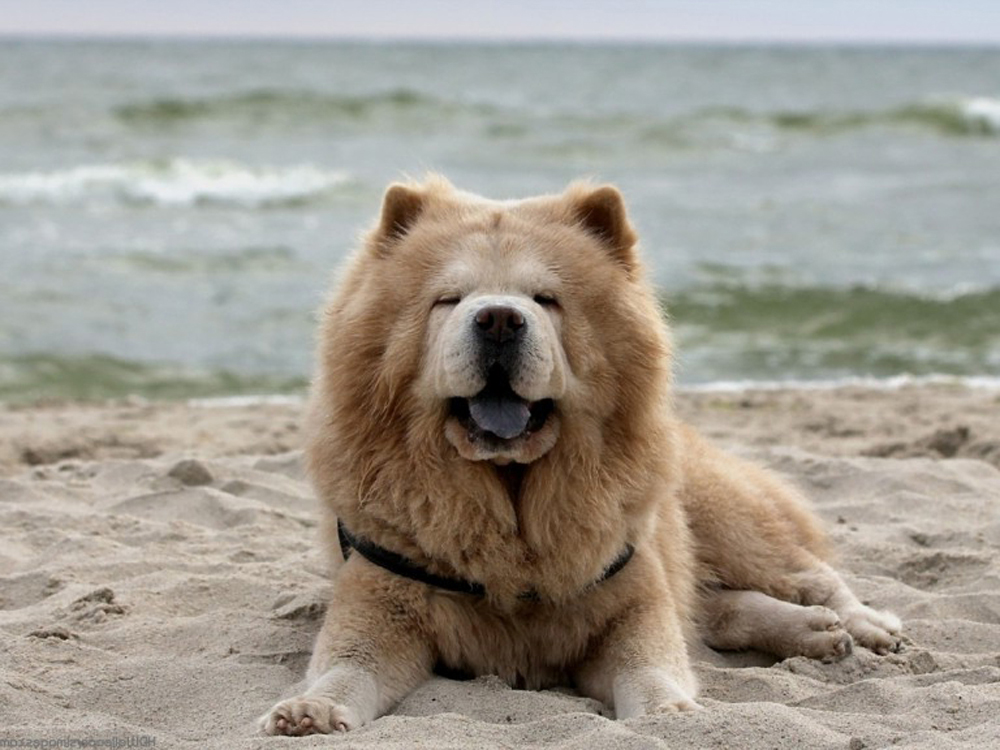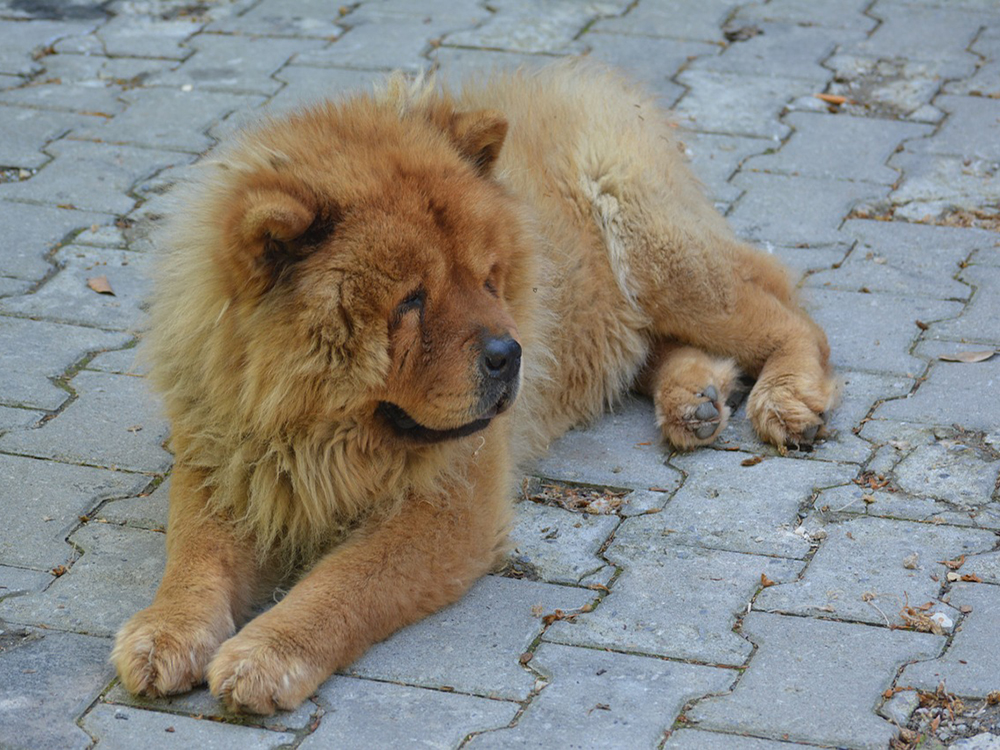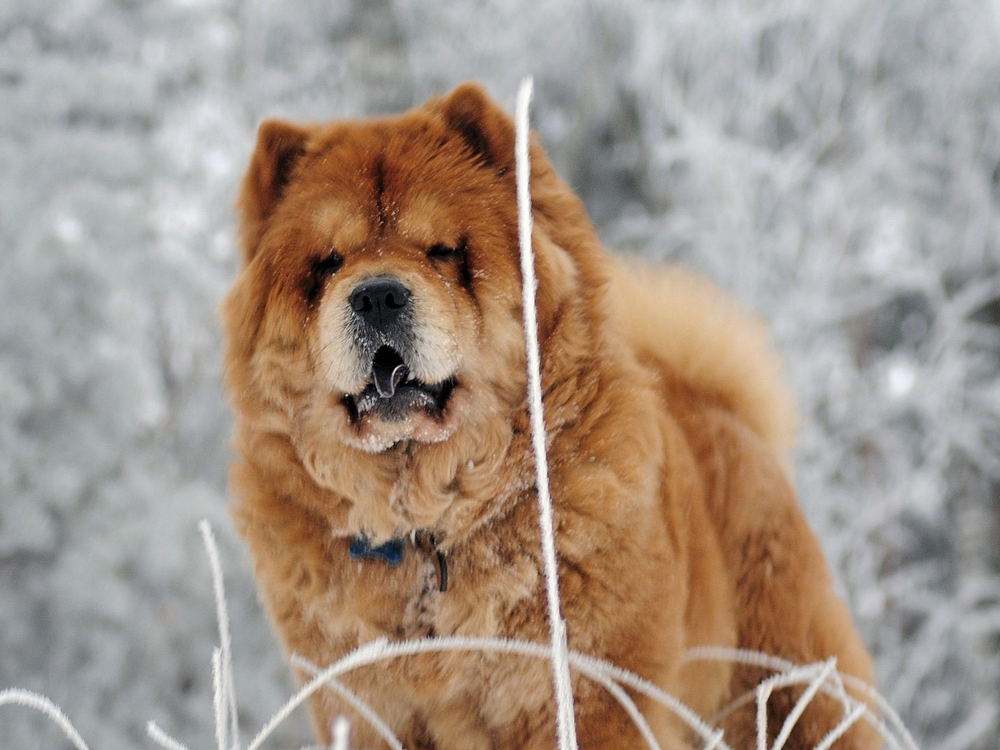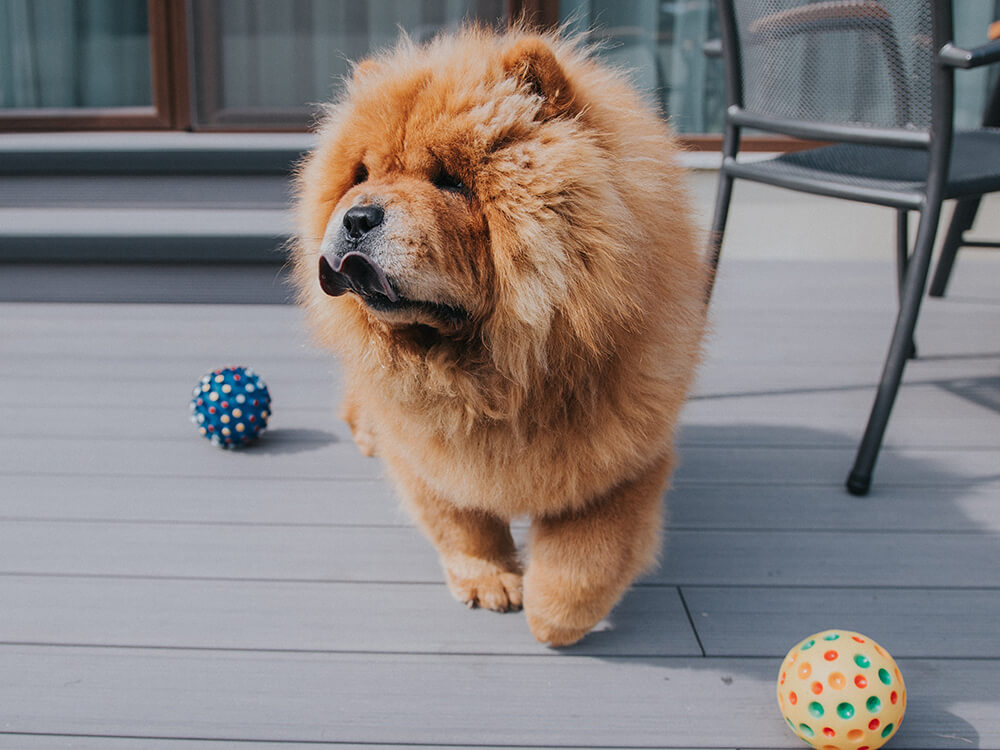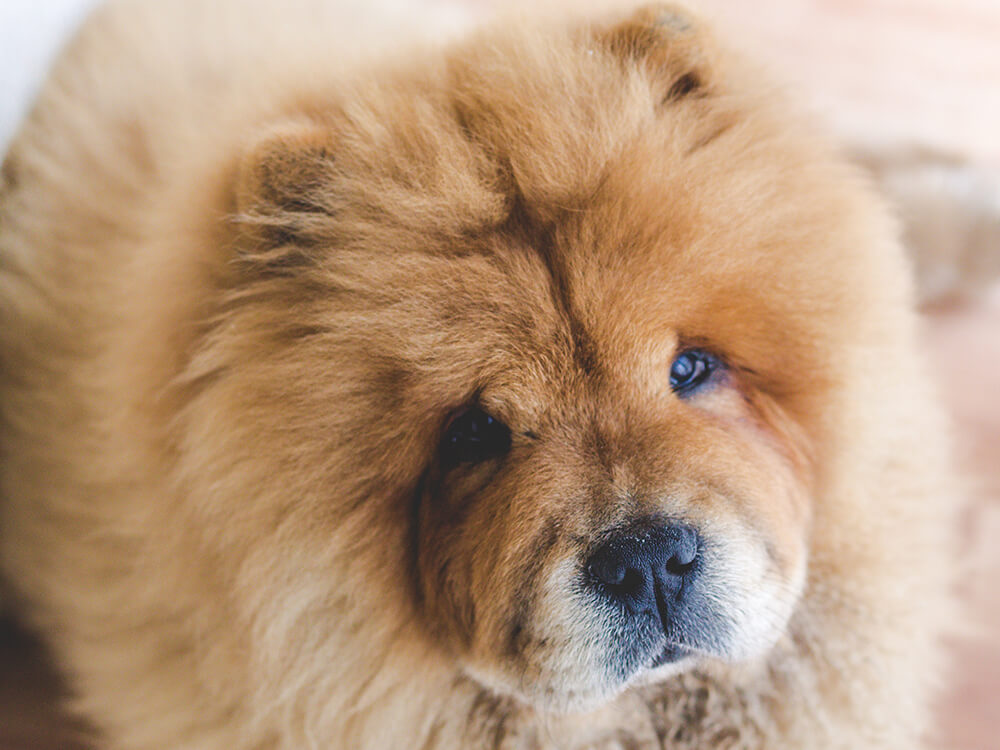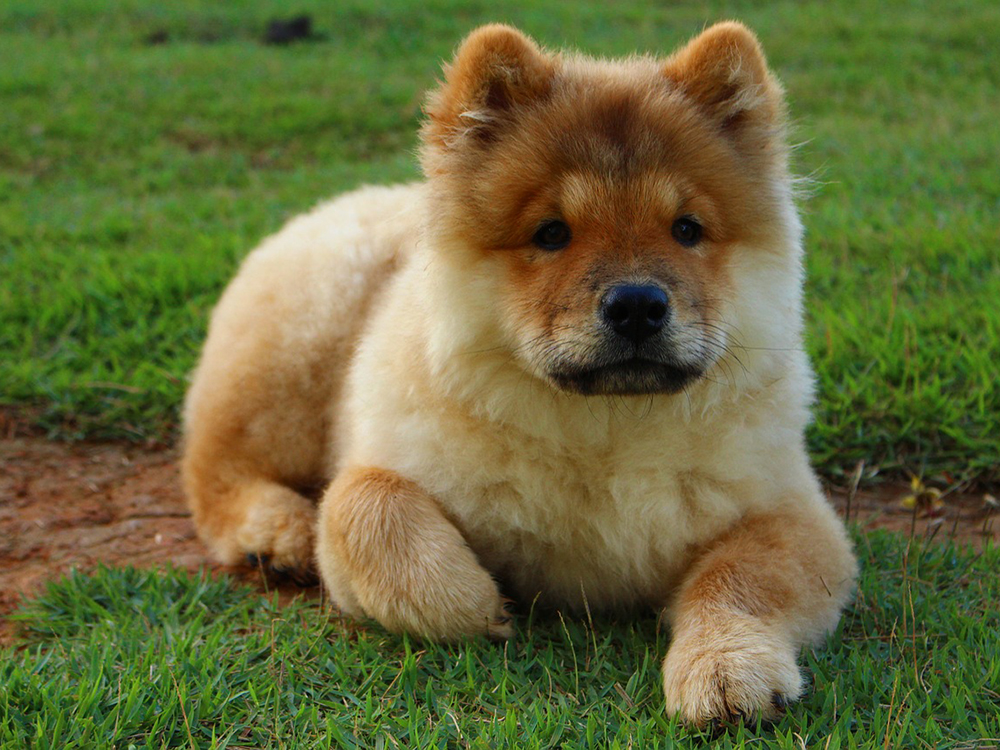
Chow Chow Breed Pictures
Vital Breed Stats
| Height: | 46 - 56 cm M | 46 - 56 cm F |
| Weight: | 20 - 32 kg M | 20 - 32 kg F |
| Breed Group: | Terrier Dog Group |
| Life Expectancy: | 13 - 15 years |
| KC Registered: | No |
Breed Characteristics
| Size: |  |
| Grooming: |  |
| Exercise Level: |  |
| Trainability: |  |
| Barking Level: |  |
| Good with Children: |  |
| Good with other pets: |  |
| Affectionate: |  |
| Protective: |  |
| Cost to Keep: |  |
Give a thumbs up if you love the Chow Chow

0
More About the Breed
History
Genetic tests prove that the Chow Chow is one of the oldest dog breeds in the world, which originated in China and Mongolia. Similar-looking dogs were depicted in old paintings and pottery from the Han Dynasty, dating back to 206 BC to 22 AD. Aside from being used as hunting and guard dogs, their meat was unfortunately considered a delicacy. It had different Chinese names that translated to black-tongue dog, bear dog, wolf dog, and Canton dog.
The Chow only arrived in Europe in the 18th century because China closed their borders prior to this time. The name Chow Chow was coined by British merchants, referring to miscellaneous items in cargo ships that included dogs, which term eventually stuck with the breed. Queen Victoria received a Chow as a gift in 1865 but the breed was promoted by Marchioness of Huntley in the UK. The first Chow Chow Club was formed in the UK in 1895. Among the most popular dog breeds in the world, it is registered with The Kennel Club under the Pastoral group.
Appearance
With its unique bearlike appearance and bluish black tongue, the Chow Chow is a large dog that is hard to miss. Weighing 45 to 70 pounds and standing 43 to 51 centimetres, it is a muscular and powerful breed with a stocky body. It has a large head, moderately long muzzle, strong jaws with a perfect scissor bite, oval-shaped dark eyes, and slightly small ears that are set wide apart. Its wide and large nose is usually black but it can be lighter or self-coloured, depending on its coat colour.
There are two types of Chow Chows according to their coats. The first is the rough-coated, which has a thick, dense and abundant straight hair that stands off from the body. The hair is thicker around the head and neck, which forms a ruff and mane. It also has a soft, thick and woolly undercoat. The second is the smooth-coated, which has a shorter double coat with a hard, dense and smooth outer coat with no ruff or feathering. It has longer hairs on the ears, body, legs, tail, and body. According to KC standards, both types come in black, blue, red, fawn, white, and cream.
Grooming
With its thick coat, the Chow has high grooming requirements. It needs to be brushed at least three times a week, and more frequently during the spring and autumn when they shed heavily. Brushing also lessens the chances of having that doggy smell. It is important to use the right tools such as a medium-coarse brush for the body, a pin brush for the longer sections and a slick brush for the legs. Always use a conditioner when brushing to avoid breakage.
Other basic grooming elements are regular tooth brushing, nail trimming, ear cleaning, and skin inspection for bumps and fleas. When these aspects are neglected, your dog may be prone to preventable infections.
Temperament
Although it looks like a cute teddy bear that you just would like to hug all day, the Chow’s disposition is often compared to a cat’s. It tends to be reserved, independent and aloof. Although Chows usually develop the strongest bond with only one person, usually the one that takes care of them, they are loyal and loving to other family members. They thrive in any living conditions, including apartments as long as there is access to a fenced yard.
The breed is not suggested for first-time owners because of its stubborn nature. An experienced dog owner that could take on the alpha role would be better for the Chow. The breed needs to be handled and trained appropriately and taught its place in the pack. It is also best for families with one member staying at home as it cannot tolerate being left alone for long periods.
Intelligence
The Chow is wary of strangers so it is best for owners to warn their guests not to have any physical contact with the dog before being introduced. This dog breed is protective but should never be aggressive. When it comes to children, it does well with kids it is raised with but as an arrogant dog, it doesn’t tolerate too much rowdiness or abuse. It is more suitable for families with older children who are mature enough to understand this breed. The Chow does get along with other dogs in the same household. Introducing it to other pets can get quite tricky especially to dogs of the same sex, which cans sometimes lead to fighting. To curb some of its dominant tendencies, early socialisation and training are necessary.
Chow Chows are naturally intelligent but as previously mentioned, it can be stubborn so training will be more challenging. That being said, as long as it knows its place in the pack and it understands why it is asked to do something, it will oblige. In fact, it is easy to house train especially that it is an extremely clean dog.
Nutrition
- Senior and less active: up to 1,300 calories daily
- Typical adults: up to 1,400 calories daily
- Physically active/working dogs: up to 1,600 calories daily
Feeding
Health
Exercise
Cost of Ownership
If you are interested to purchase a Chow Chow, it is a good idea to know about the financial setbacks that come with it so you can be prepared. The price of buying a well-bred pedigree puppy starts at £1,000 and £1,500. As a rough estimate, the average cost of caring for this breed is around £120 to £180 a month. The total monthly costs depend on several factors like the type of insurance you choose and for this breed, insurance is expensive (starting price of coverage is £50 a month).
The initial cost of basic equipment composed of a bed, grooming kit, bed, leash/collar, and toys can be around £200. Food expenses are around £50 a month, while costs for veterinary routine check-ups and preventive care can go as high as £1,000 annually. This does not include major treatments and confinement in case of health emergencies.
Is a Chow Chow Right for You?
- The Chow Chow is a large dog that can live in an apartment setting as long as there is an access to a fenced yard or garden.
- This breed develops a bond with family but can be aloof and wary of strangers.
- It an intelligent breed but is stubborn by nature.
- It is suitable for experienced owners and families with older children.
- It has a thick coat that is high maintenance.
